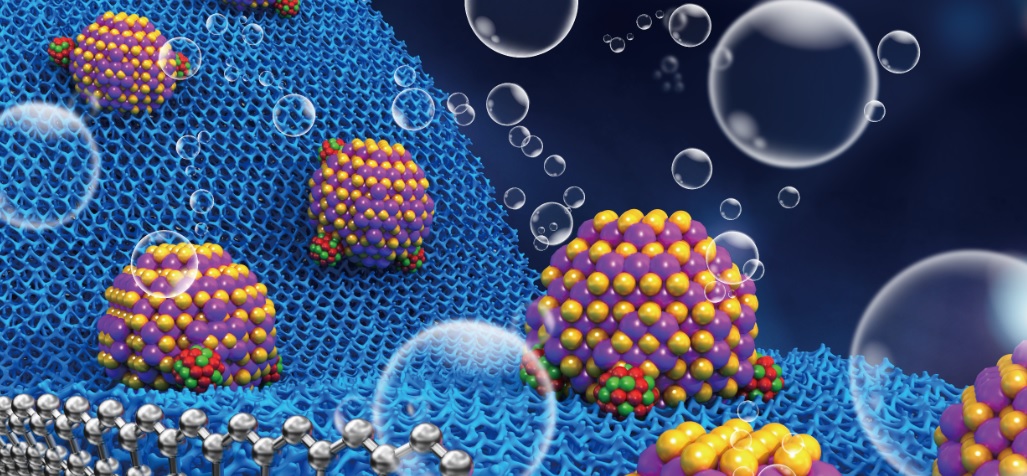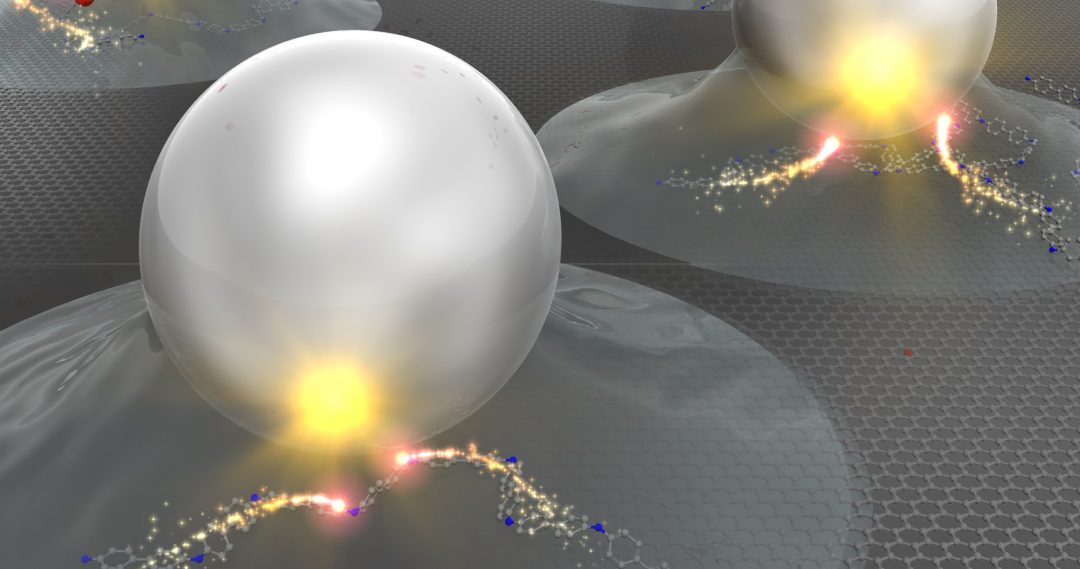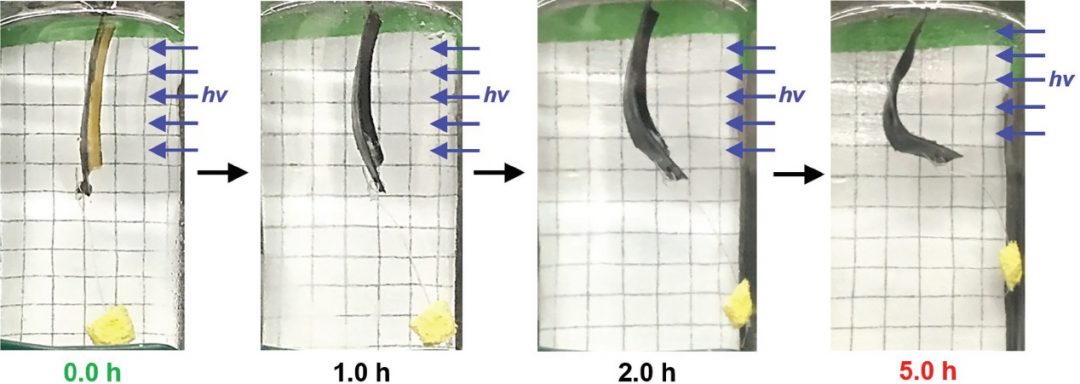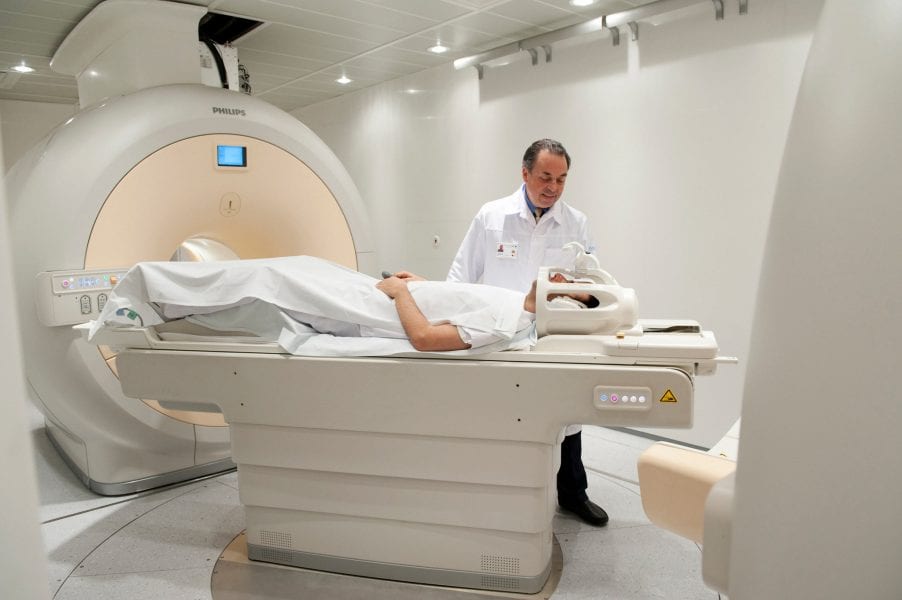Smart windows switch between transparent and opaque states based on environmental cues. Researchers reveal a prototype that exploits plasmons, converting incident sunlight into local thermal energy to trigger the switch.



Smart windows switch between transparent and opaque states based on environmental cues. Researchers reveal a prototype that exploits plasmons, converting incident sunlight into local thermal energy to trigger the switch.

Electronic structure calculations on twenty-three different transition metals illuminate the optimum dopant choices to improve electron mobility in oxide perovskite heterostructures.

What’s new in hydrogen production? Sustainable energy is a hot topic, and these snapshots will update you on what materials are being optimised right now for the HER.

Capacitive pressure sensors created from silica nanoparticles dispersed in a dielectric polymer matrix force a rethink of device design.

A recent Excellence in Energy report reviews the preparation, characterization, and testing of heterogeneous single-atom catalysts.

A photoinduced redox reaction is used to cause the contraction of an artificial hydrogel muscle, leading to macroscale actuation and measurable work.

Cell printing using this new electro-hydrodynamic technique allows the creation of cell structures with multiple layers and a high cell viability.

The Banksia delays the release of its mature seed bank until conditions are right for new plants. Now we know what triggers it to let go.

Science fact catches up with science fiction: by exploiting magnetic levitation, biomanufacturing – creating living 3D structures – is now possible in zero gravity. Utkan Demirci discusses how this works.

Multifunctional gadolinium-doped titania nanoparticles perform combined diagnostics and treament without compromising the advantages of their components.